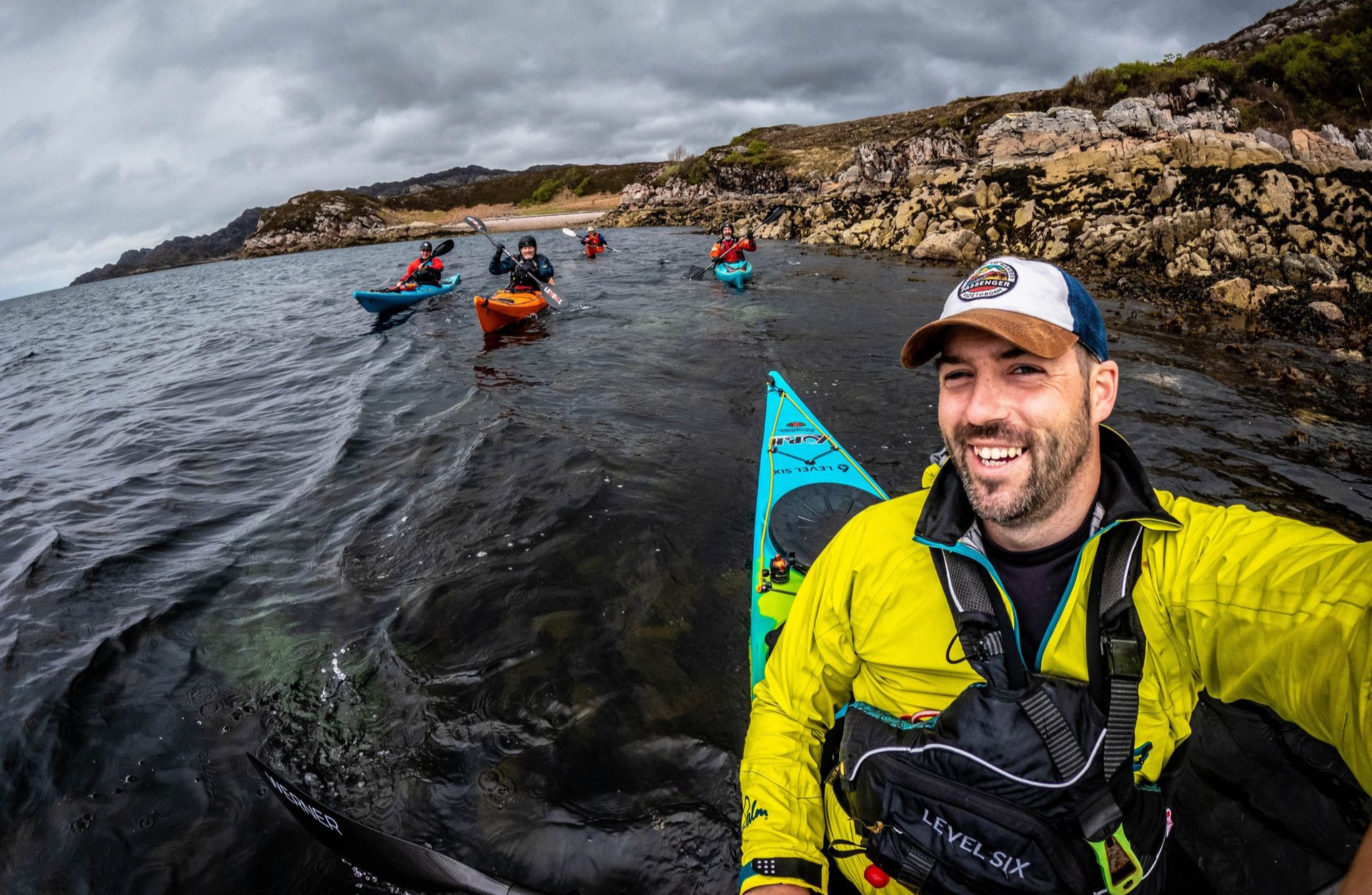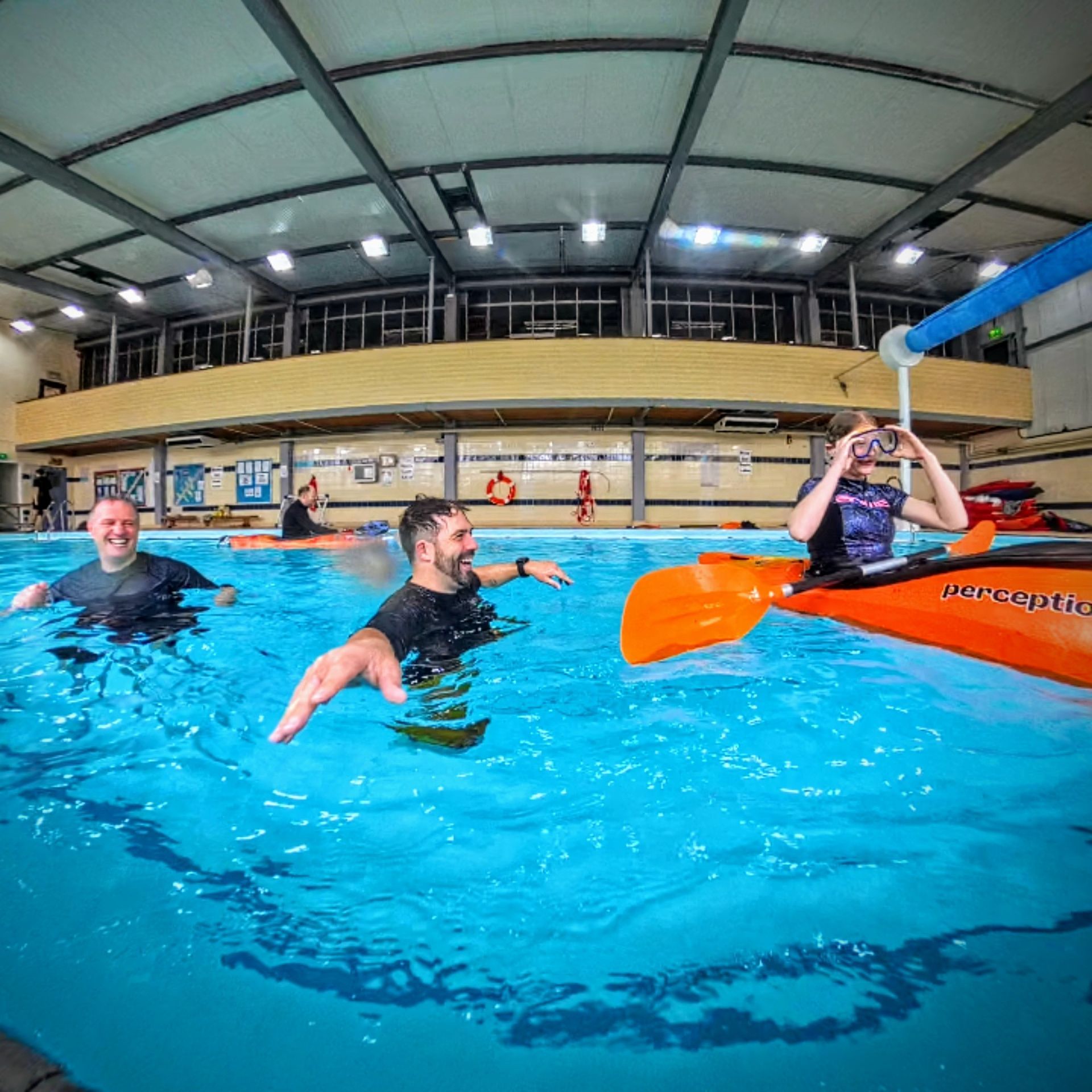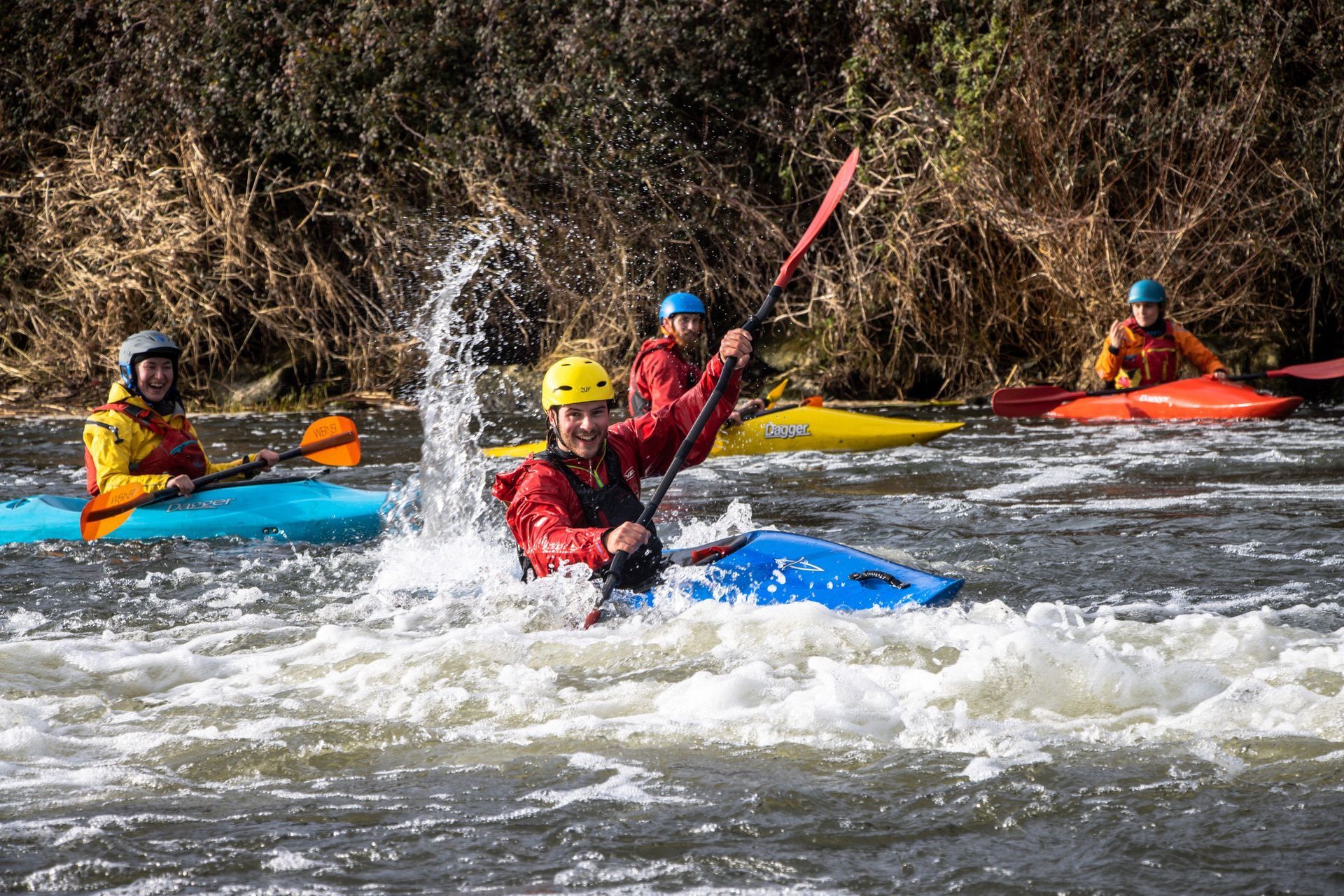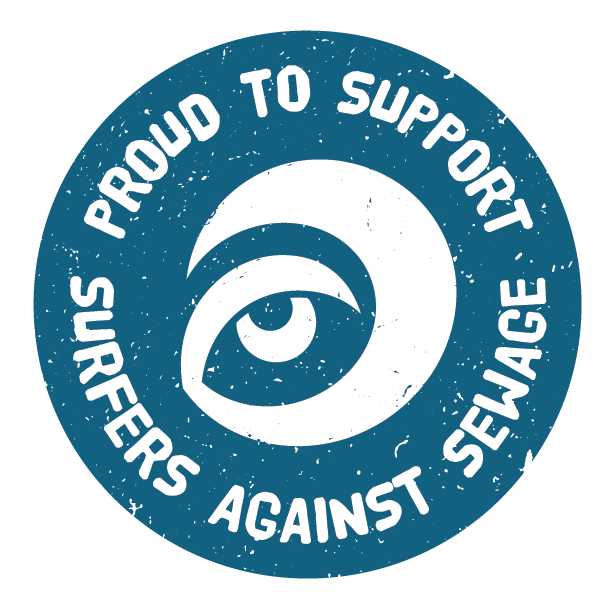Where to paddle in the UK
Where to Kayak in the UK – Understanding Access, Locations & How to Get Started
Great Britain has some of the most diverse and rewarding paddling in the world.
From calm canals and forest rivers to tidal estuaries and dramatic sea cliffs, our waterways are made to be explored — and there’s no better way to do it than from the seat of a canoe, kayak, or SUP.
That said, access to water in the UK can be a little more complicated than you might expect. Here’s a breakdown of how it all works — and where to get afloat safely and responsibly.
Understanding Access in the UK
We do love our red tape here in Britain — and waterways are no exception.
Unlike many countries, there isn’t an automatic right to paddle all inland waters in
England and Wales. In simple terms:
- Landowners who own the riverbank often claim ownership of the riverbed too.
- Without a legal navigation right or agreement, access can be restricted.
- Scotland, however, operates under the Scottish Outdoor Access Code, which allows responsible access to most rivers and lochs.
Tidal areas (estuaries and the sea) are open to everyone — you just need to be able to launch from a public area like a beach, slipway, or harbour.
If you’re unsure, PaddleUK’s Go Paddling website and the British Canoeing Access & Environment Hub are great starting points to check what’s permitted in your area.
Canals
Canals are a brilliant and safe starting point for anyone learning to paddle.
They’re calm, sheltered, and steeped in industrial history. Most were built for navigation, meaning you have a legal right to paddle them (with a valid waterways licence, such as the PaddleUK “On the Water” licence).
Tips for canal paddling:
- Avoid locks — walk around and re-launch below.
- Keep to the right-hand side and give way to powered boats.
- Be polite to anglers and share the towpath respectfully.
Ideal for beginners, families, and those looking for peaceful, easy miles.
Lakes & Reservoirs
If your nearest water is a lake or reservoir, you’re in luck — they’re perfect for beginners. Sheltered, scenic, and often with easy parking and access, they offer a great environment to build skills.
However, not all lakes are open to paddlers by default — ownership matters.
Quick tips:
- Lakes: Check access rules — many are open to paddlers for a small fee.
- Reservoirs: Contact the local water authority to ask about permitted launch sites.
- Always rinse your kit before and after to prevent the spread of invasive species.
Rivers
Britain’s rivers are as varied as they come — from gentle meanders to fast-flowing white water.
Access, however, can be a grey area.
- Some stretches have public navigation rights, often those used historically for trade.
- Others are contested or private, meaning paddling may require landowner permission.
You can check current access arrangements, flow levels, and suggested routes using the PaddlePoints map — an excellent tool for exploring legally and safely.
River grades (1–6) indicate difficulty and danger:
- Grade 1: Flat and slow-moving
- Grade 2–3: Moderate, small waves, and some obstacles
- Grade 4–6: Advanced, technical, and potentially dangerous
Always make sure you’re paddling within your skill level and conditions. When you’re ready to step up a grade, go with a qualified coach or leader.
Estuaries & Harbours
For many coastal paddlers, estuaries and harbours are the sweet spot — a blend of salt and freshwater environments packed with wildlife and beautiful scenery.
Key points:
- Tidal waters are open to all.
- Check tide times and wind forecasts — these areas can flow quickly at certain stages of the tide.
- Some estuaries have strong currents or shipping channels; always plan ahead.
A fun fact: the Beaulieu River, home to Liquid Logistics, is the only privately owned tidal river in the UK. Paddlers need permission from the Harbour Master to use it — a rare exception to the open-access rule.
Estuaries and harbours are ideal for relaxed exploring, birdwatching, and developing confidence before venturing to open sea.
Sea Kayaking
If it’s sea kayaking that calls to you, you’re spoilt for choice. The UK coastline offers everything from calm bays to wild headlands, all packed with history and wildlife.
Favourite regions:
- South Coast: The Solent, Isle of Wight, and the Jurassic Coast of Dorset
- Wales: Pembrokeshire, Anglesey, and Cardigan Bay
- Scotland: The West Coast, Skye, and the Summer Isles — some of the best paddling on the planet
Start with short, sheltered trips and build up to more committing journeys as your experience grows. Learn to read tides, weather systems, and navigation — seamanship is as important as paddle strokes.
Always carry a means of communication, wear suitable kit, and let someone know your plan before heading out.
Top Tips
- Join a local club: You’ll find experience, guidance, and new paddling friends.
- Check licences and permissions: Especially for rivers and reservoirs.
- Plan ahead: Always have a Plan B if conditions change.
- Stay within your limits: Learn, practise, and progress safely.
The key to great paddling is good decision-making — knowing when to go, where to go, and when to call it a day. Whether it’s your first splash on a calm canal or an expedition on the open sea, the UK’s waters are waiting to be explored.
Paddle smart, paddle safely — and keep caring for the waters we call home. 🌊










